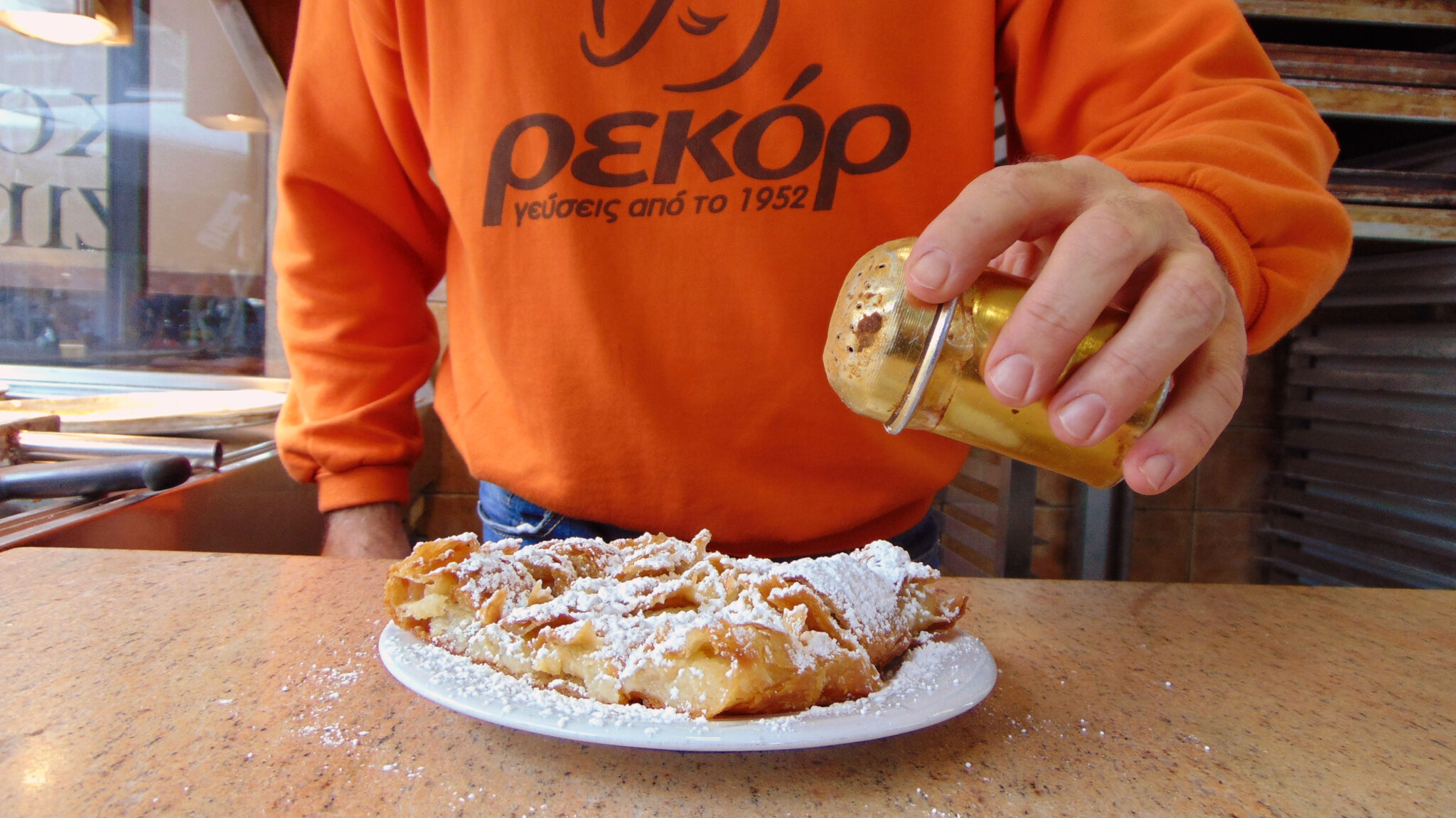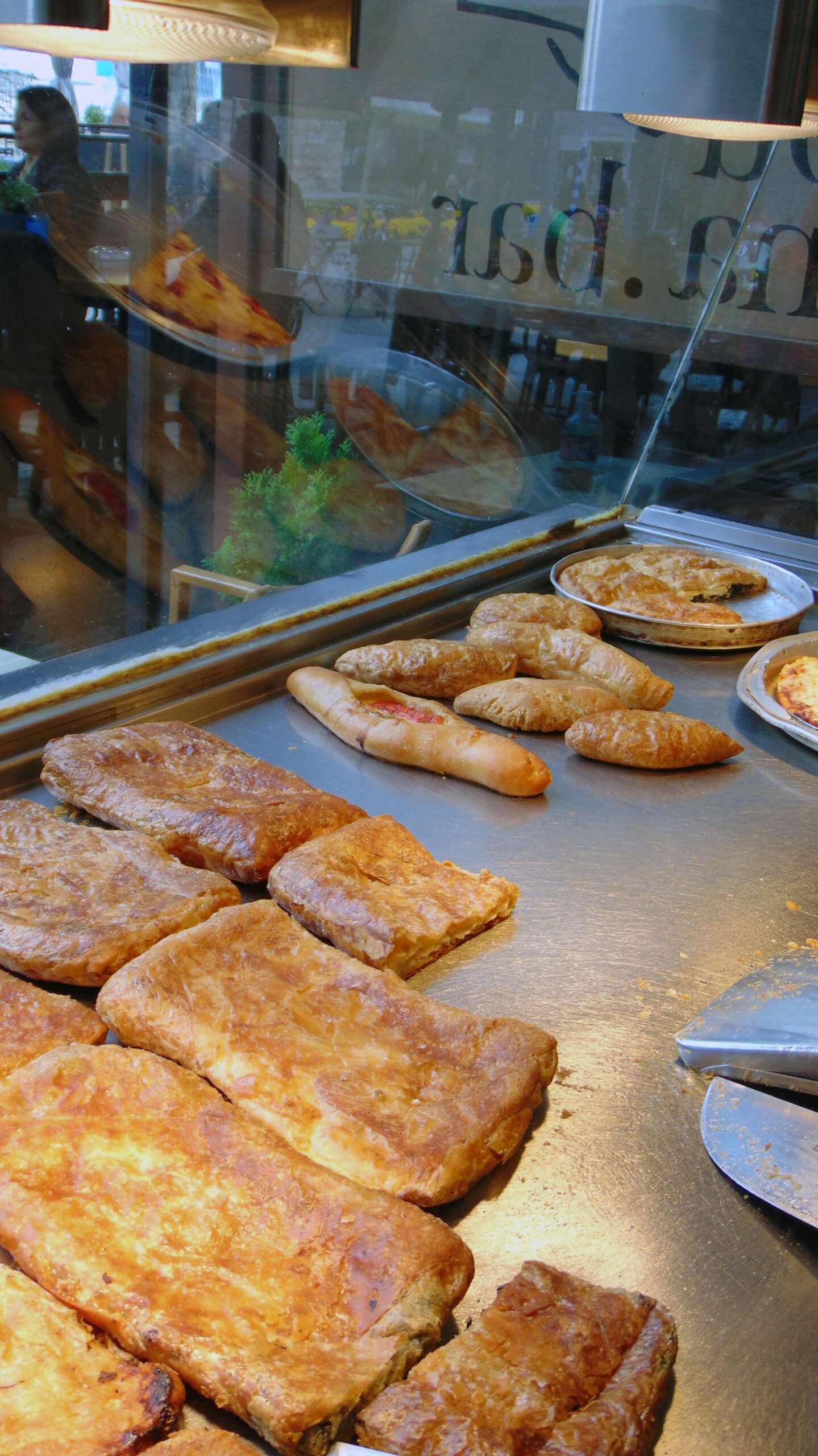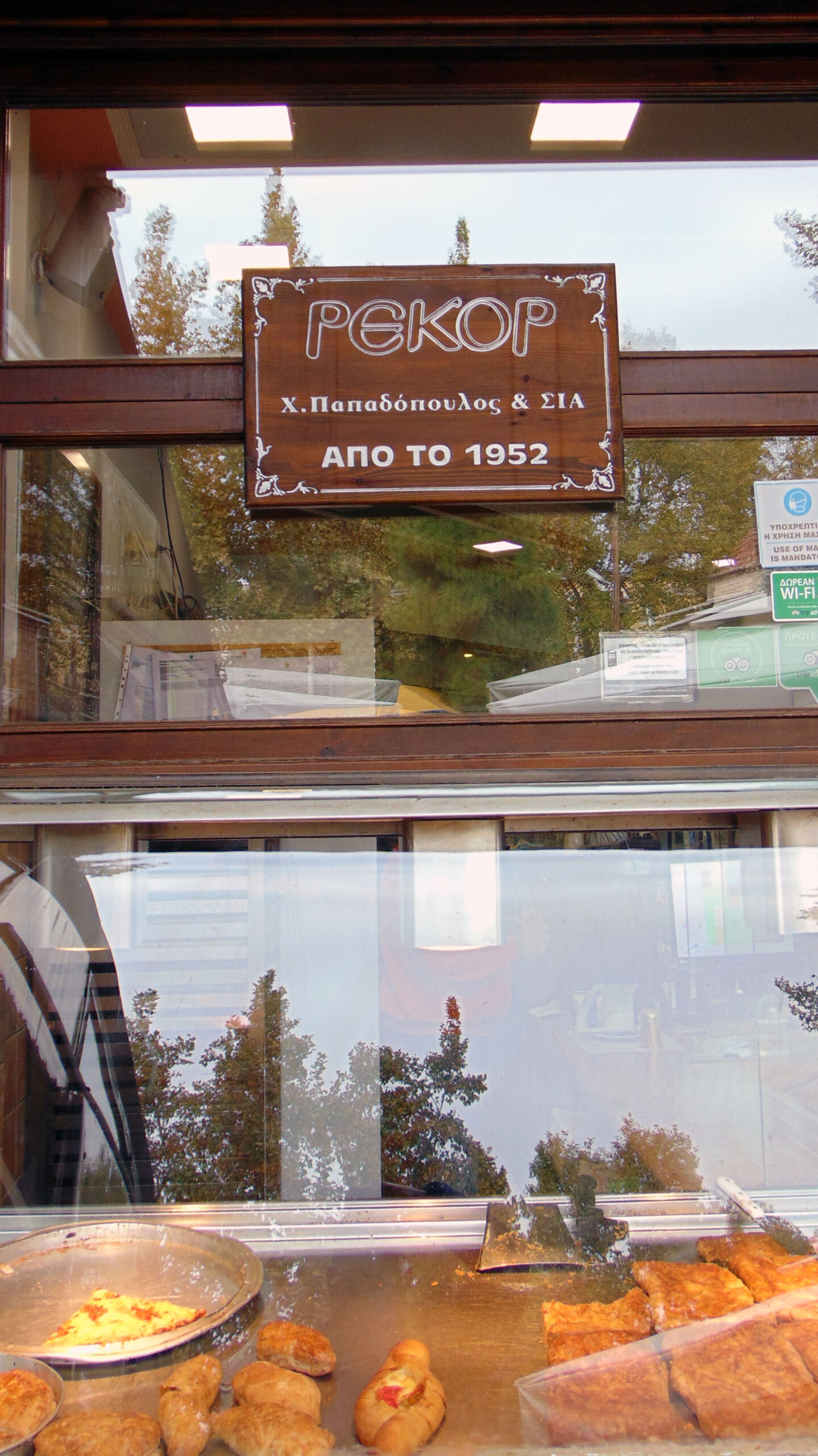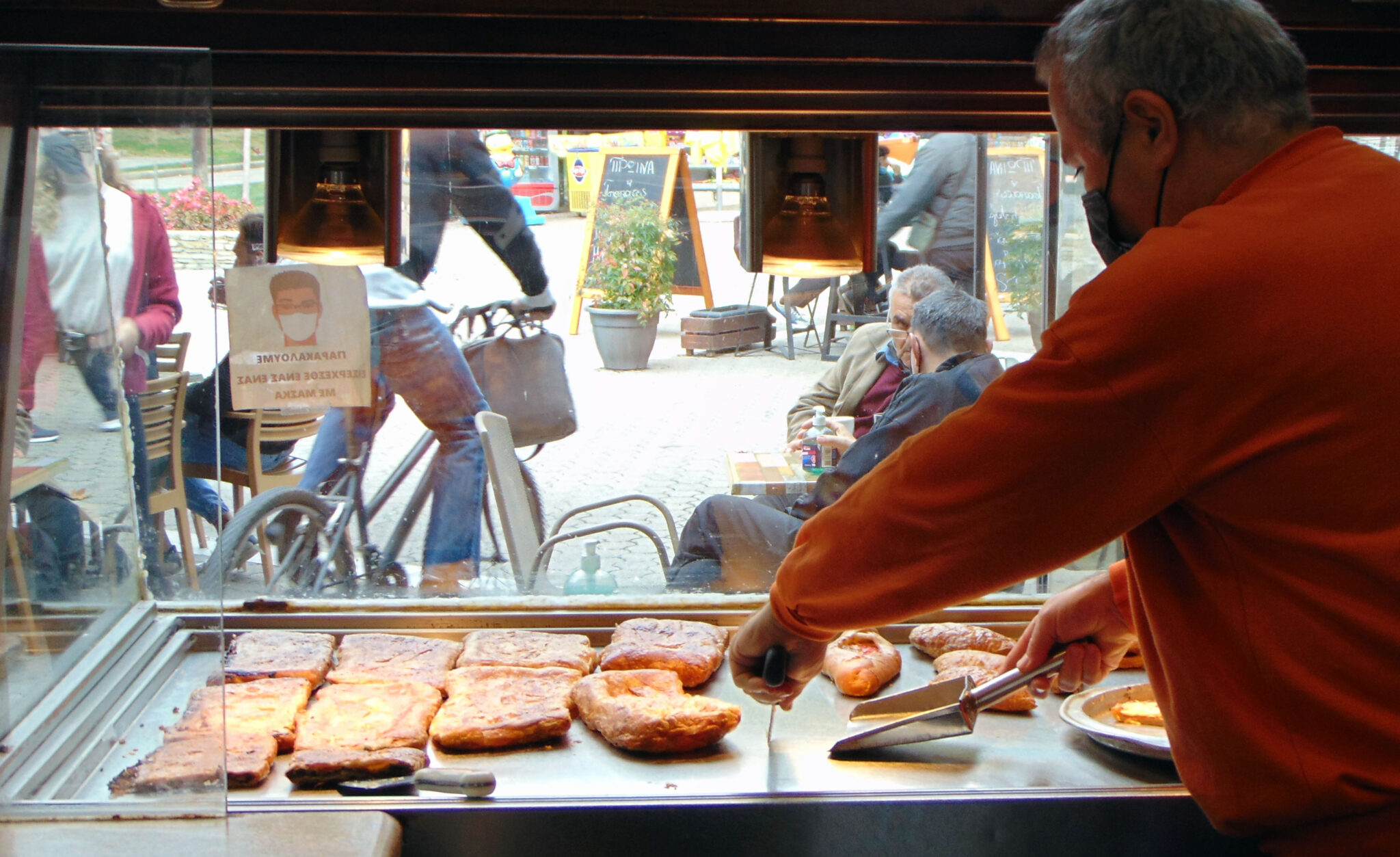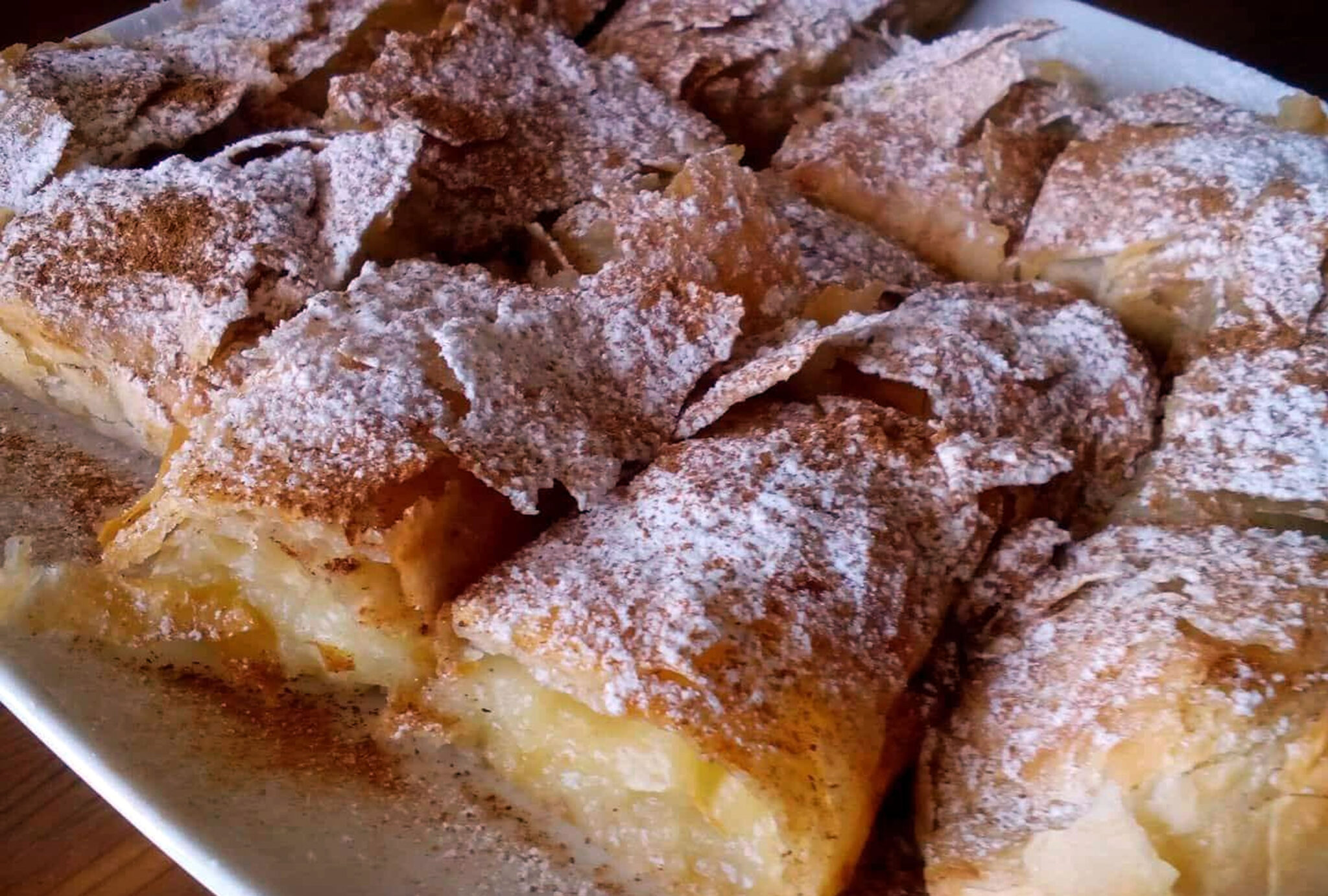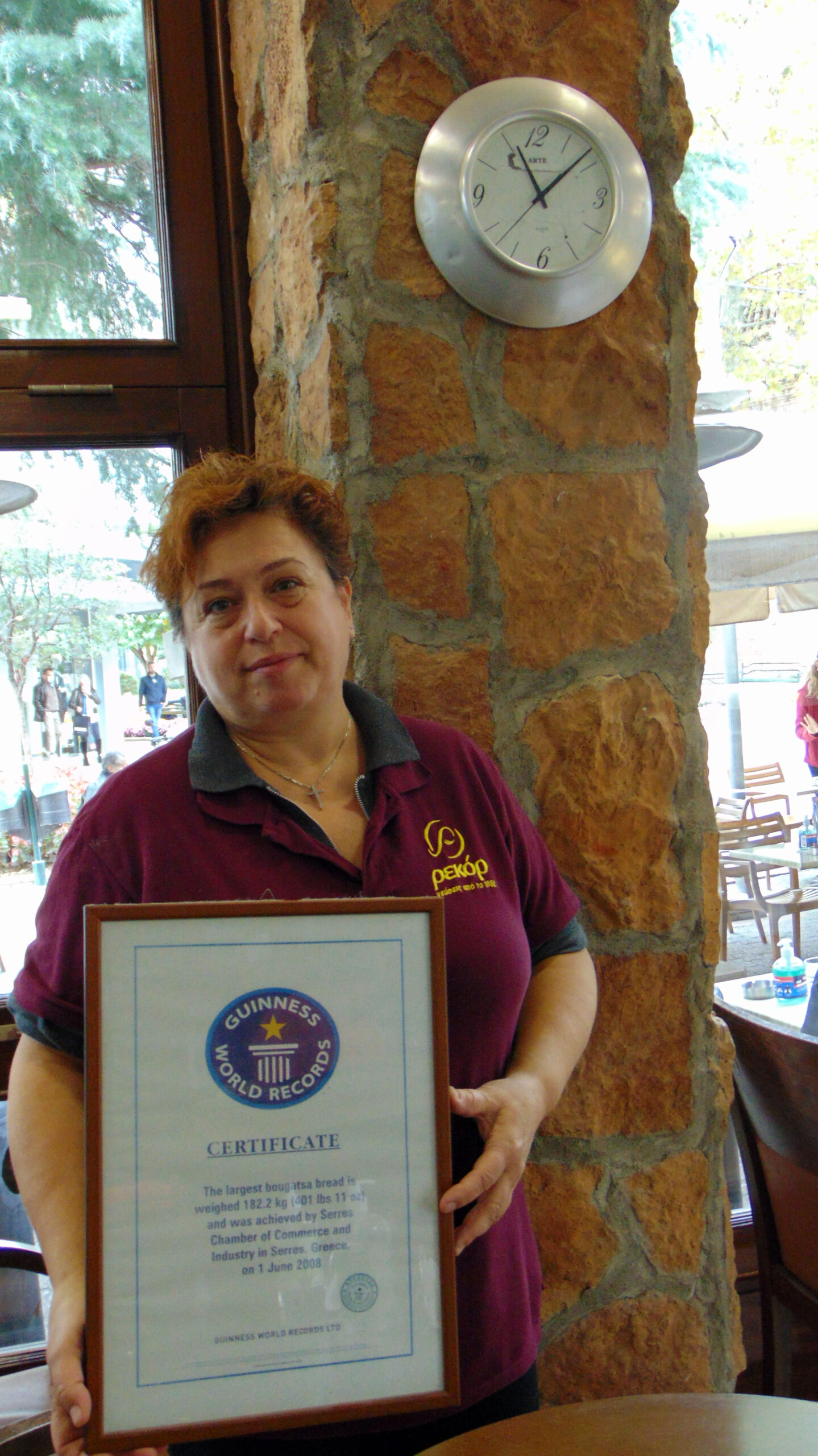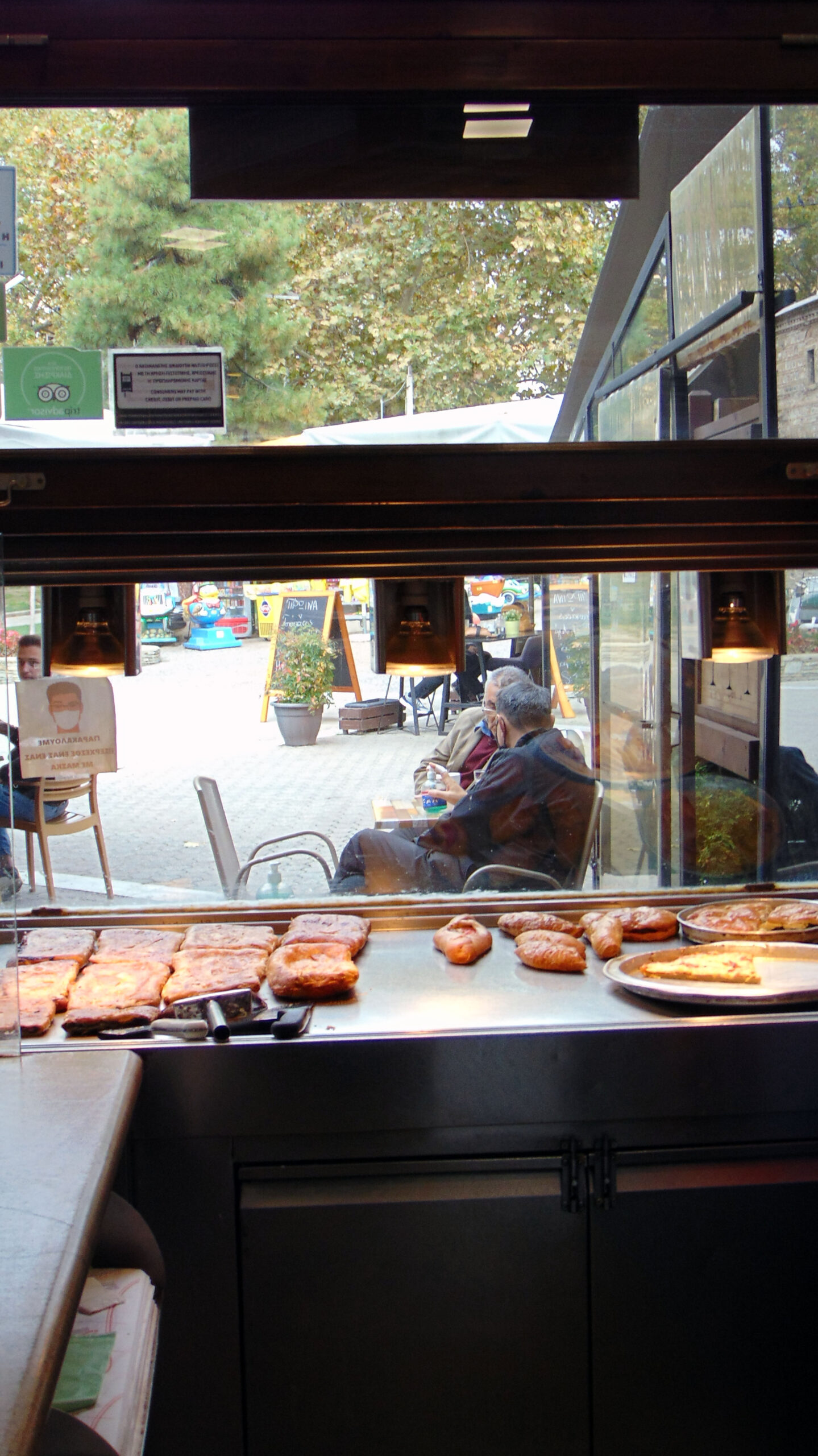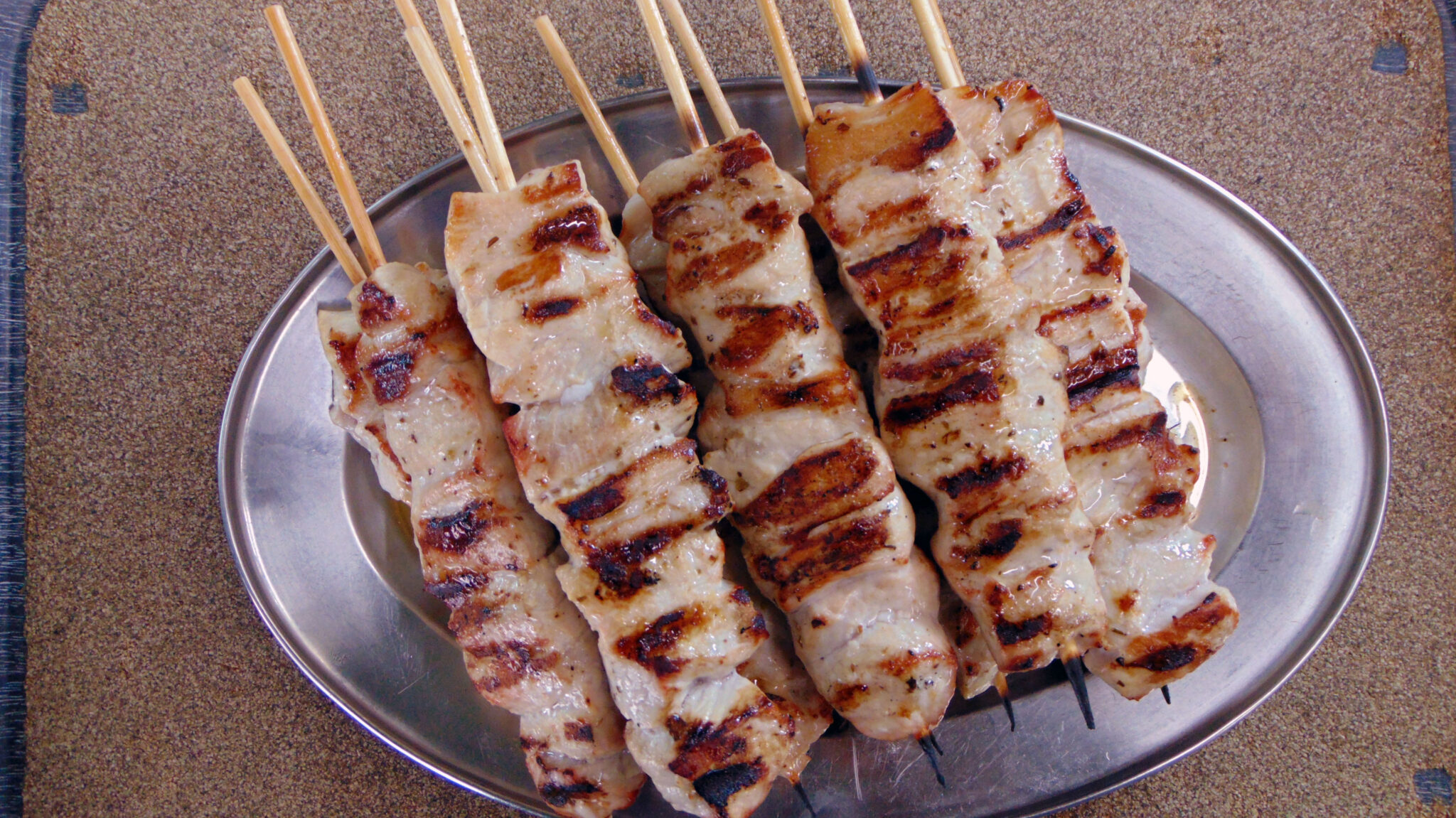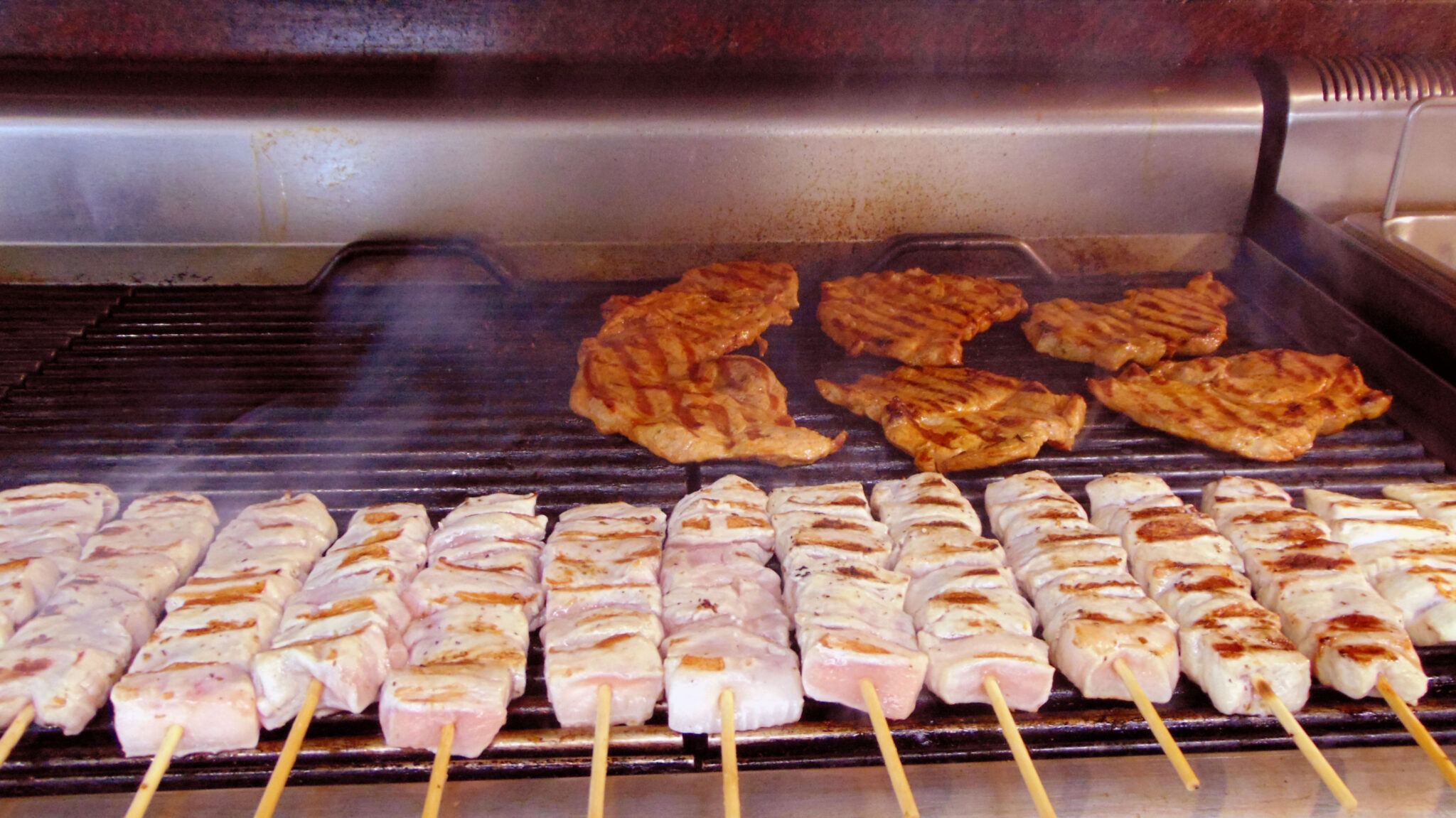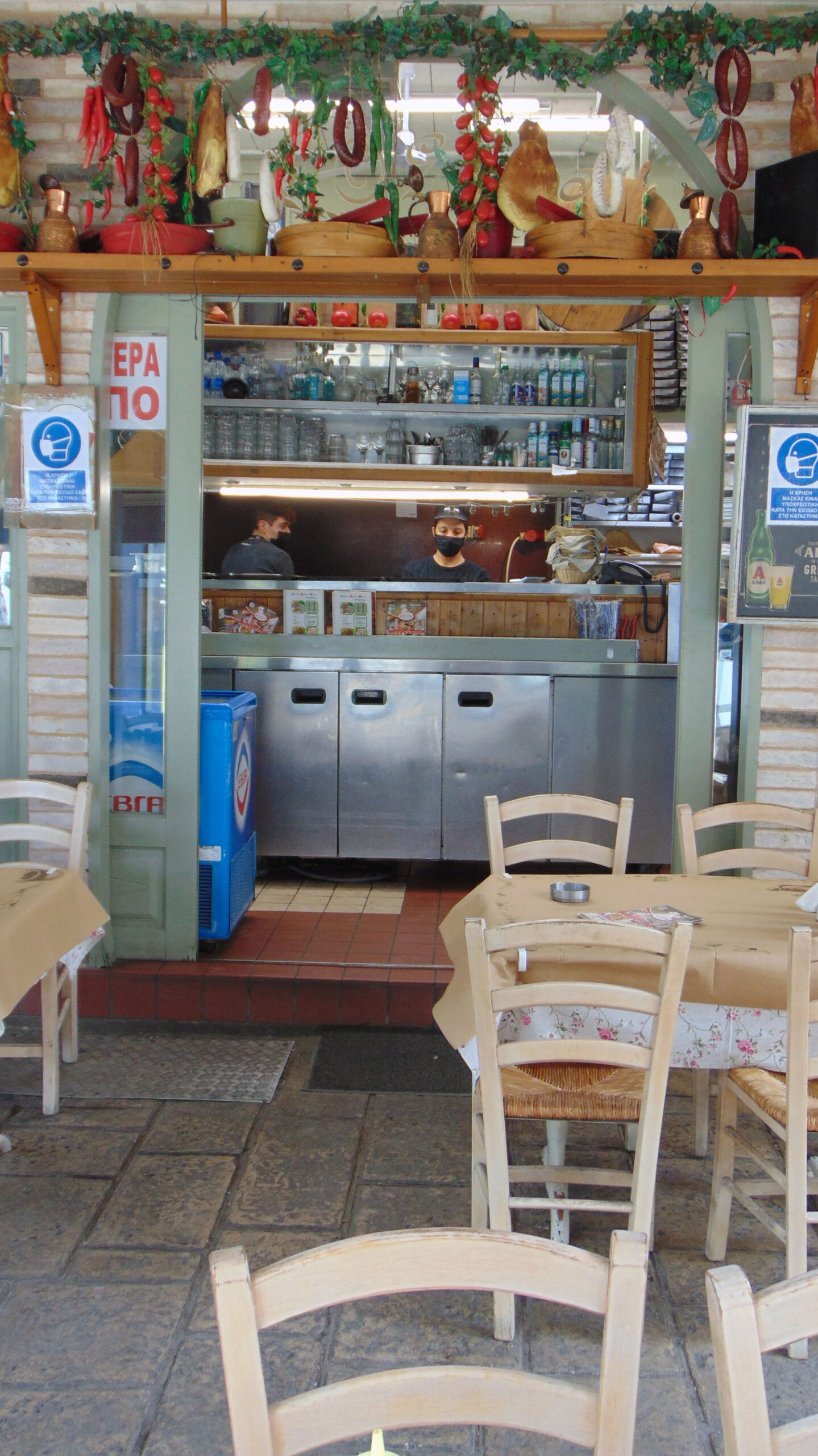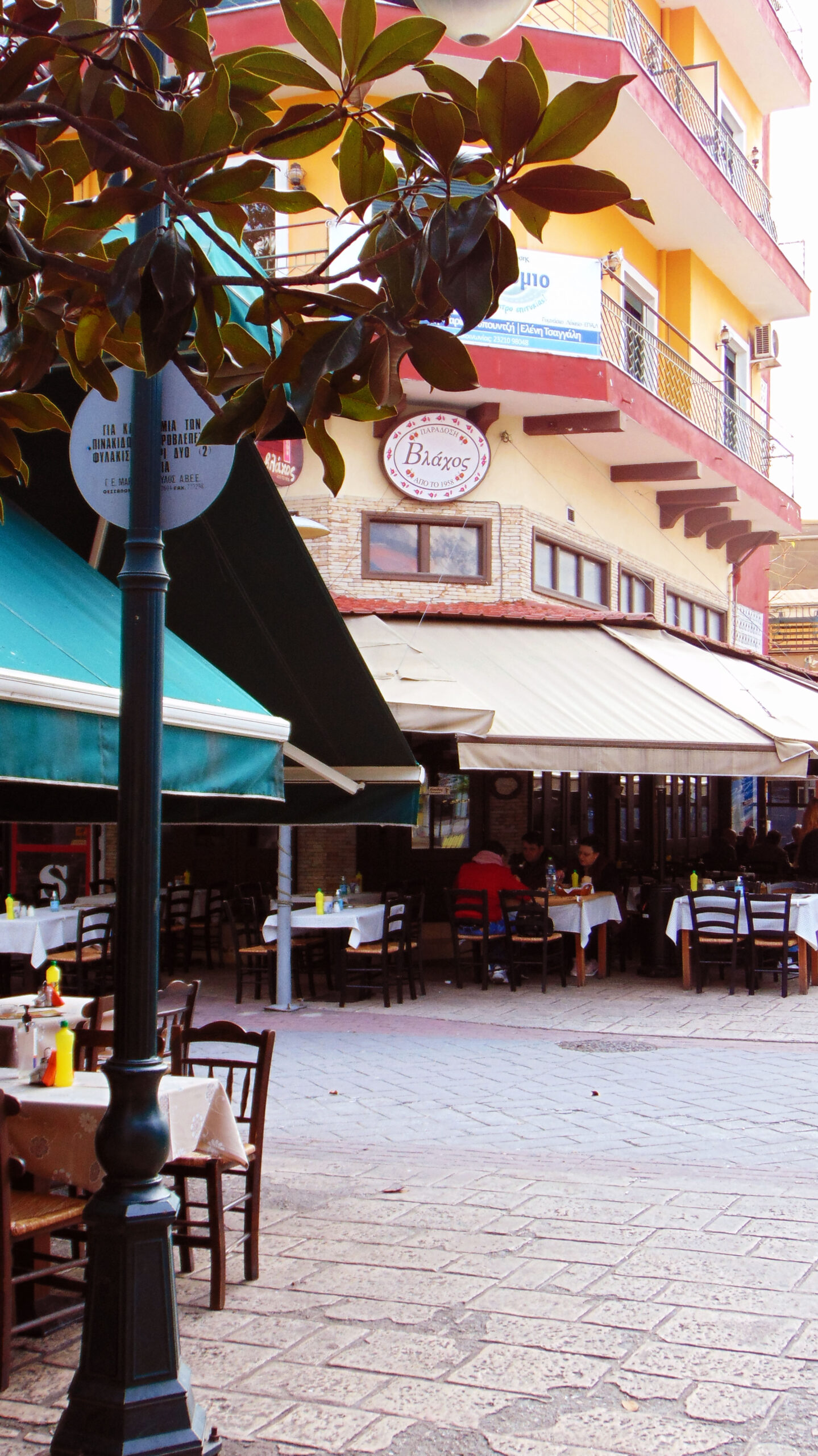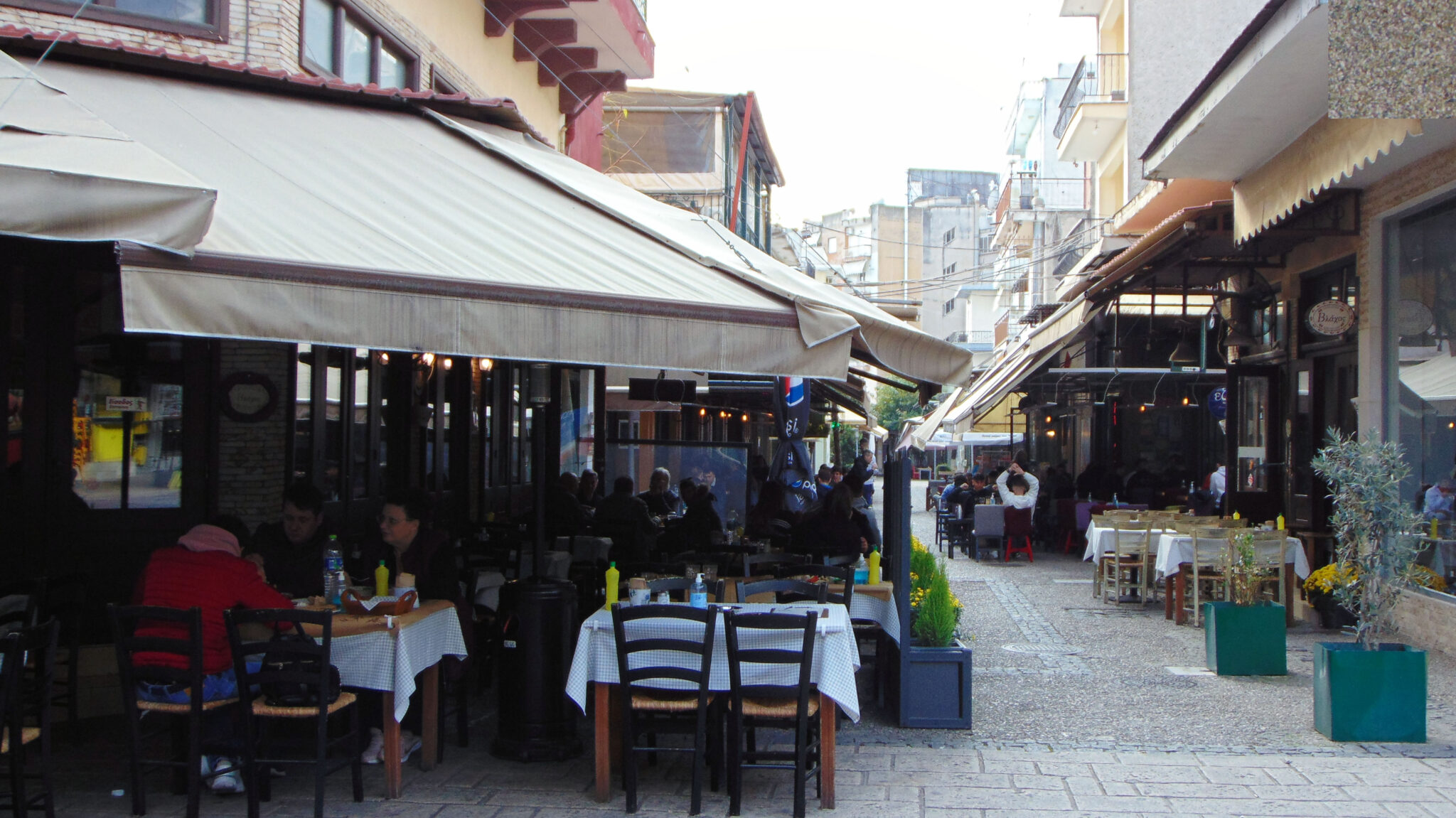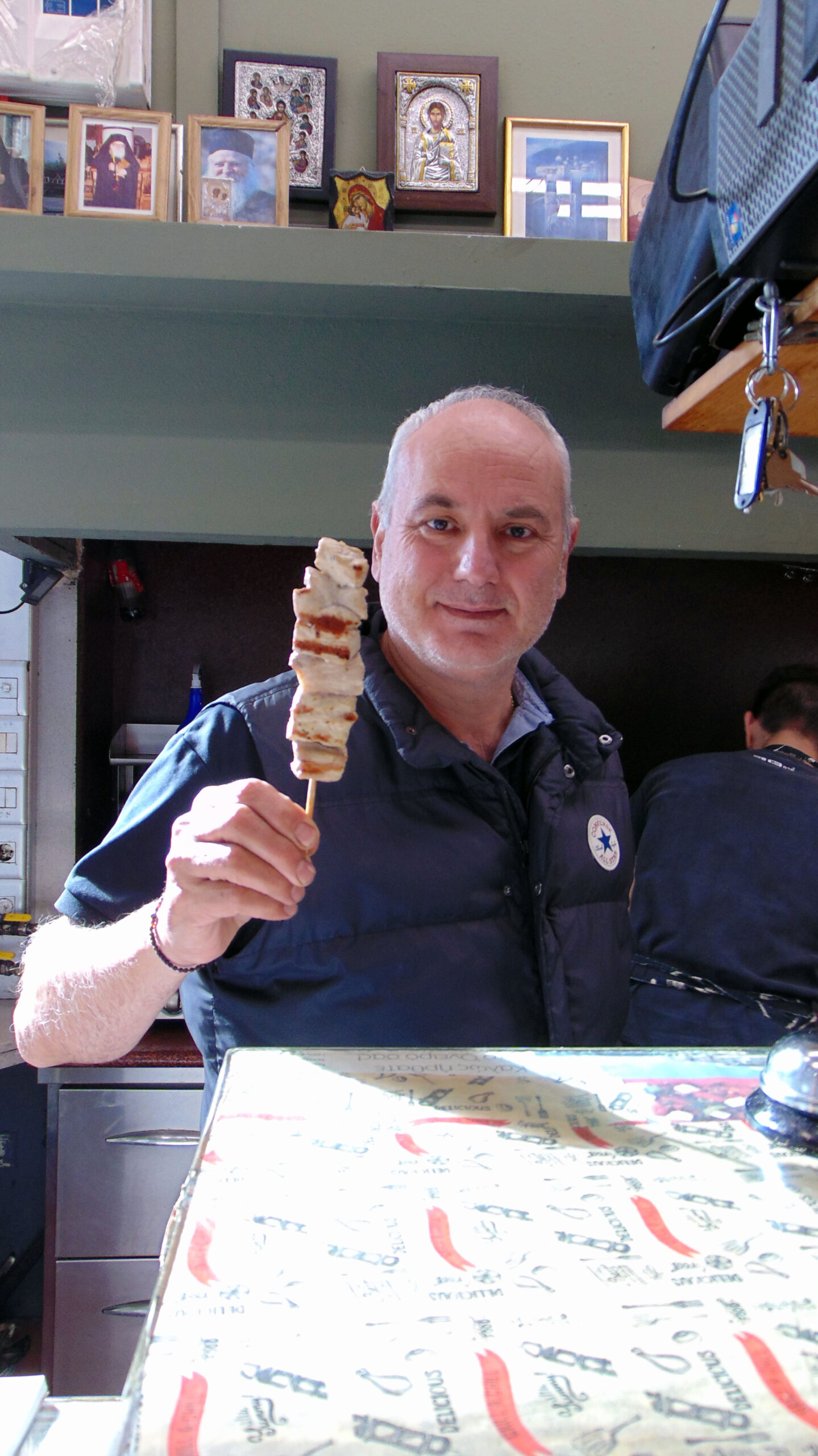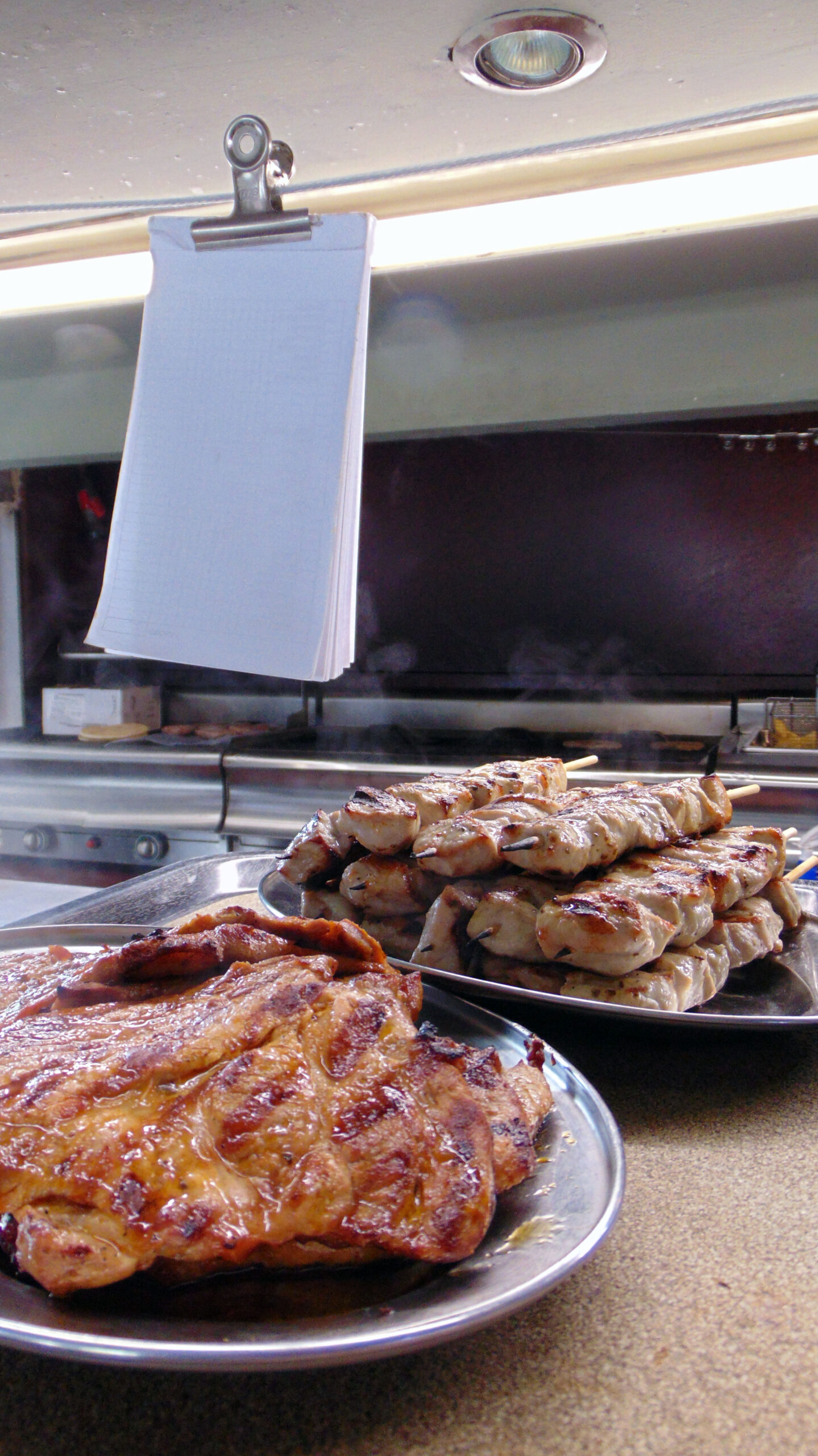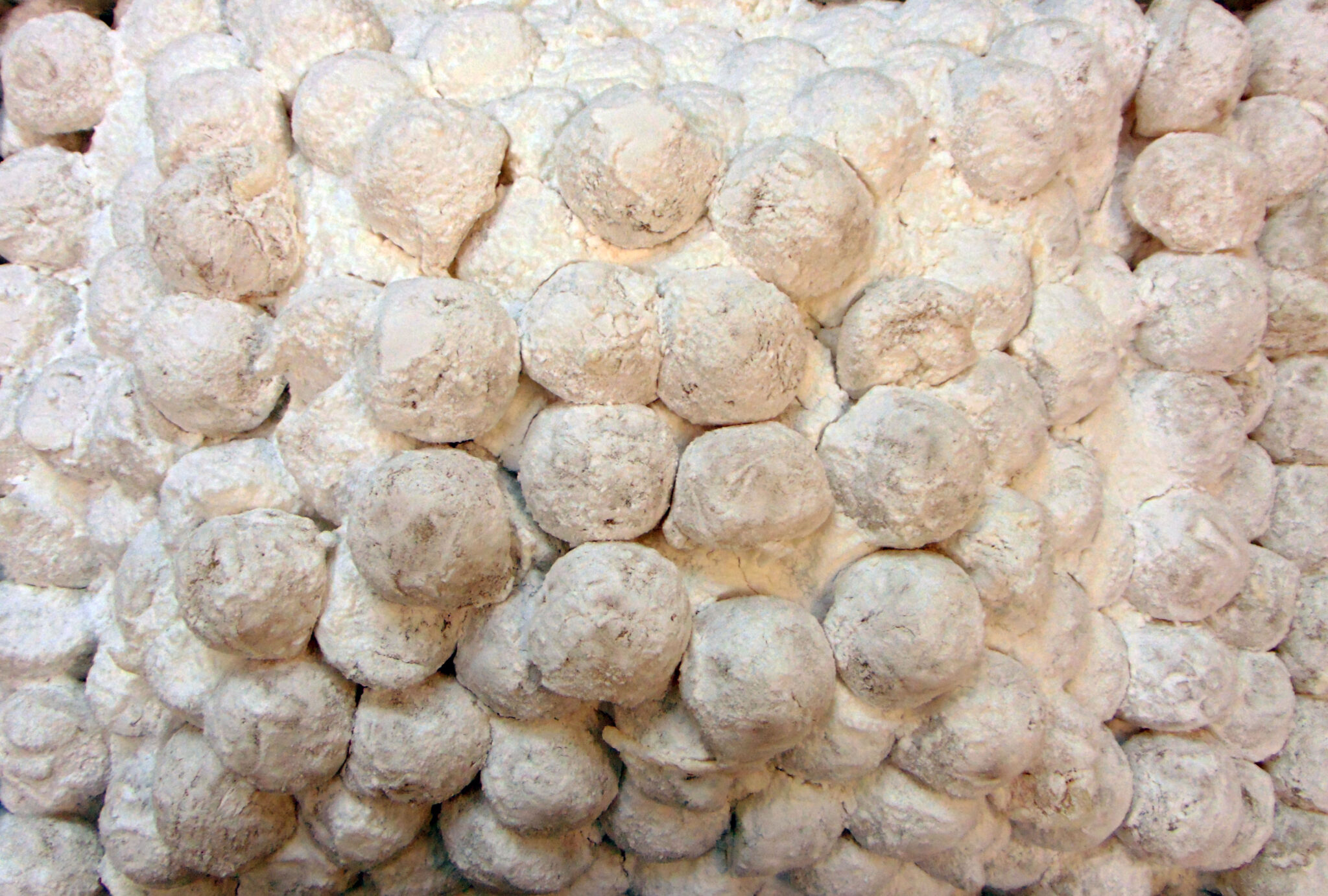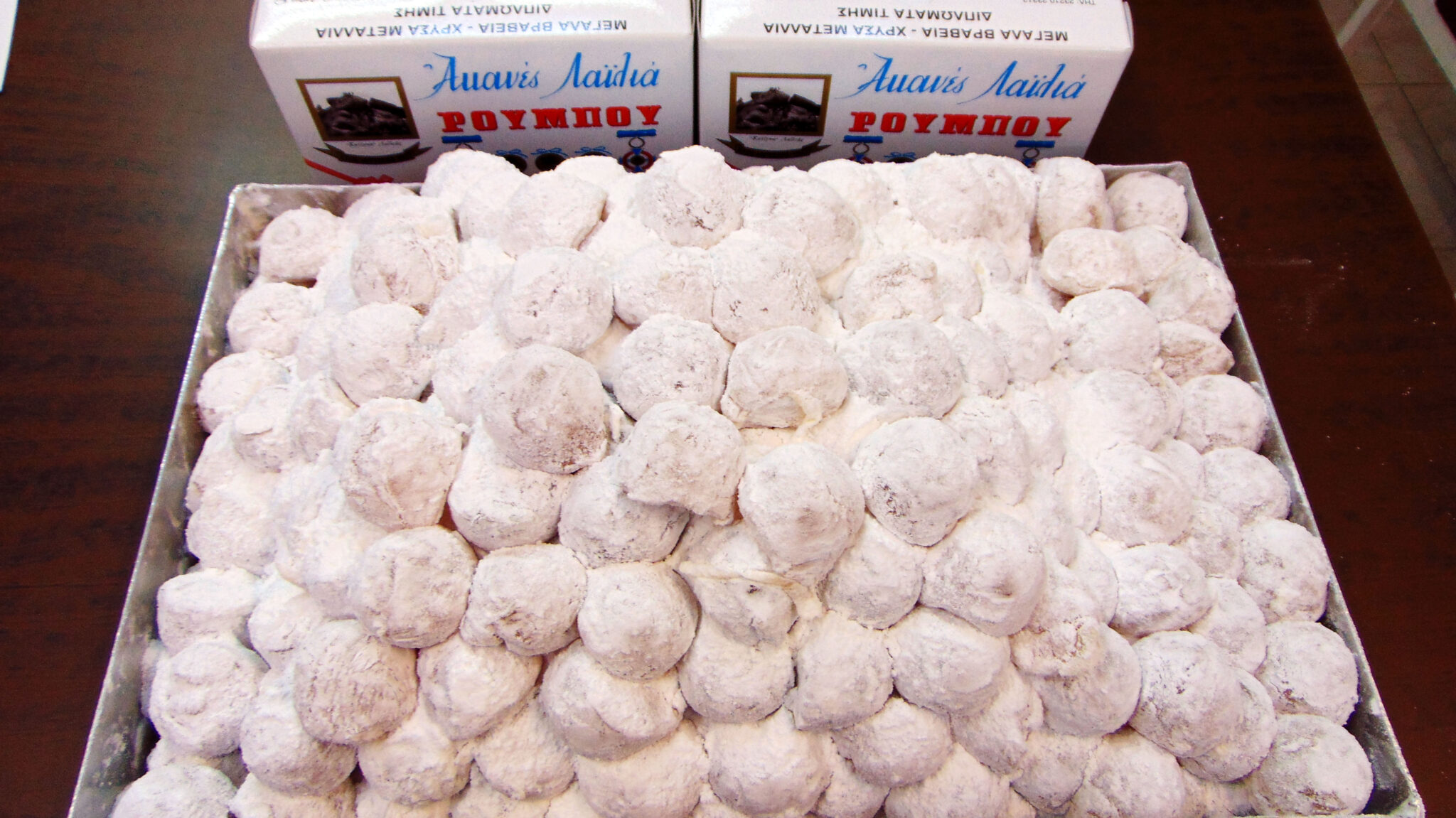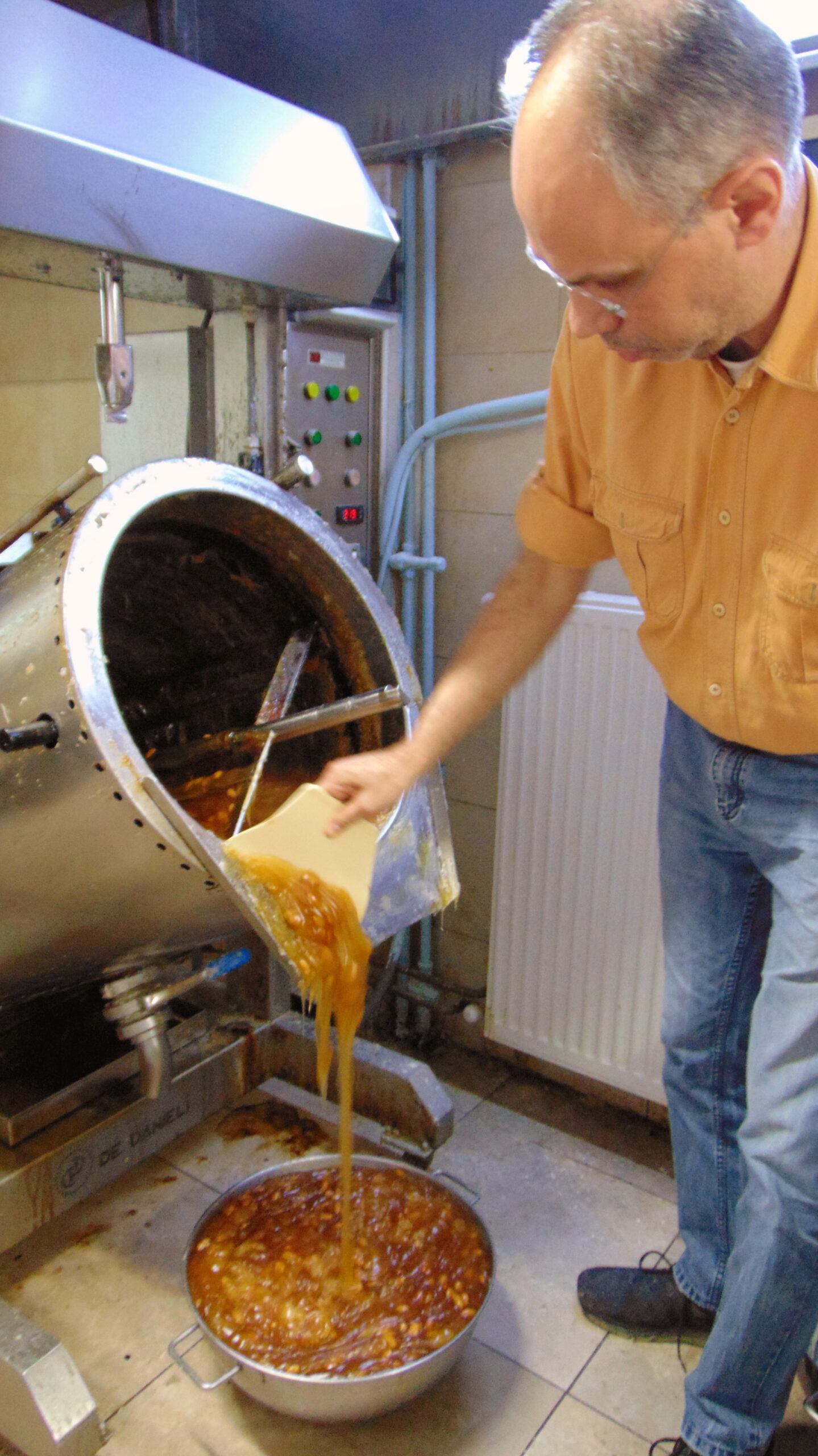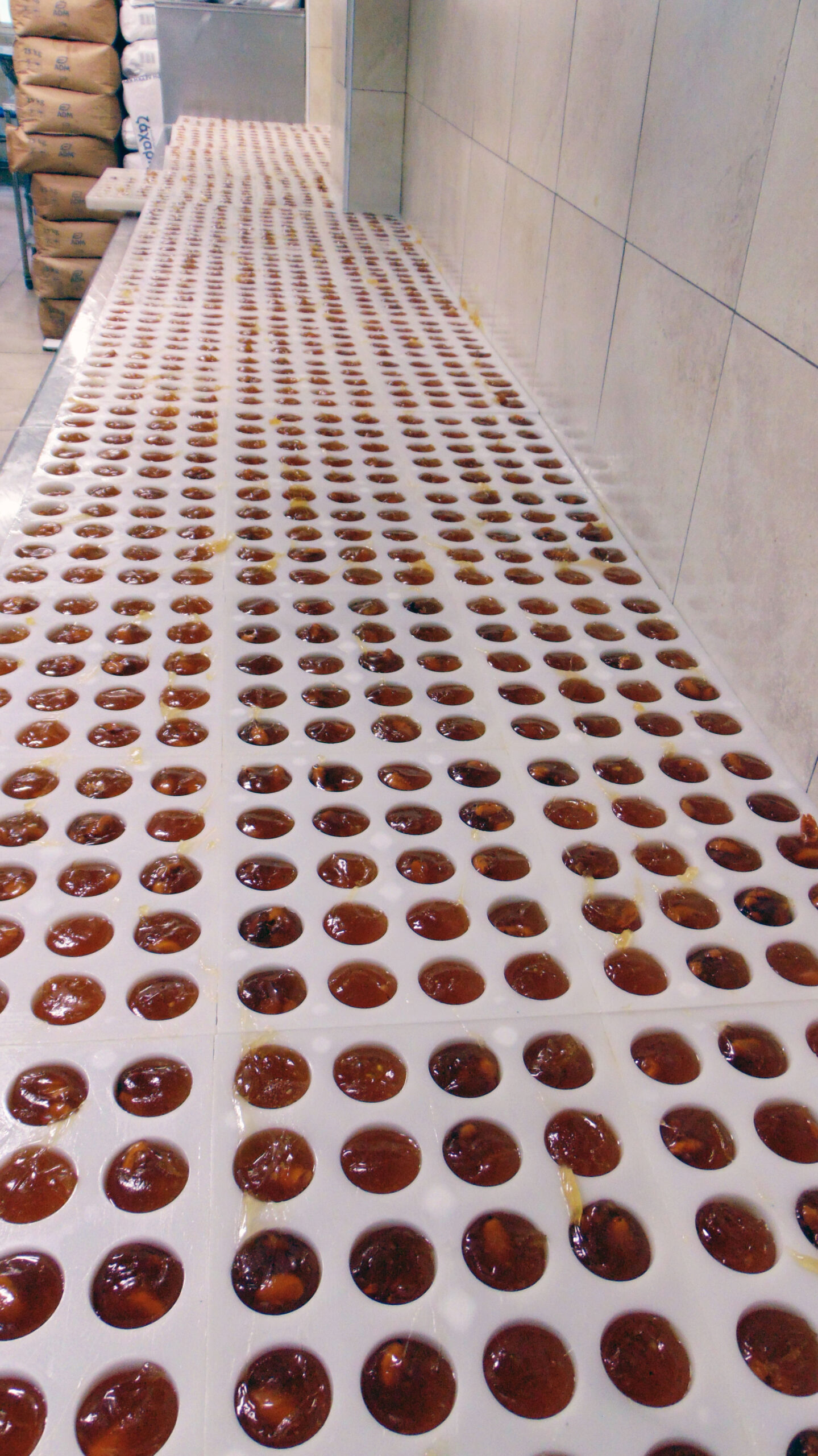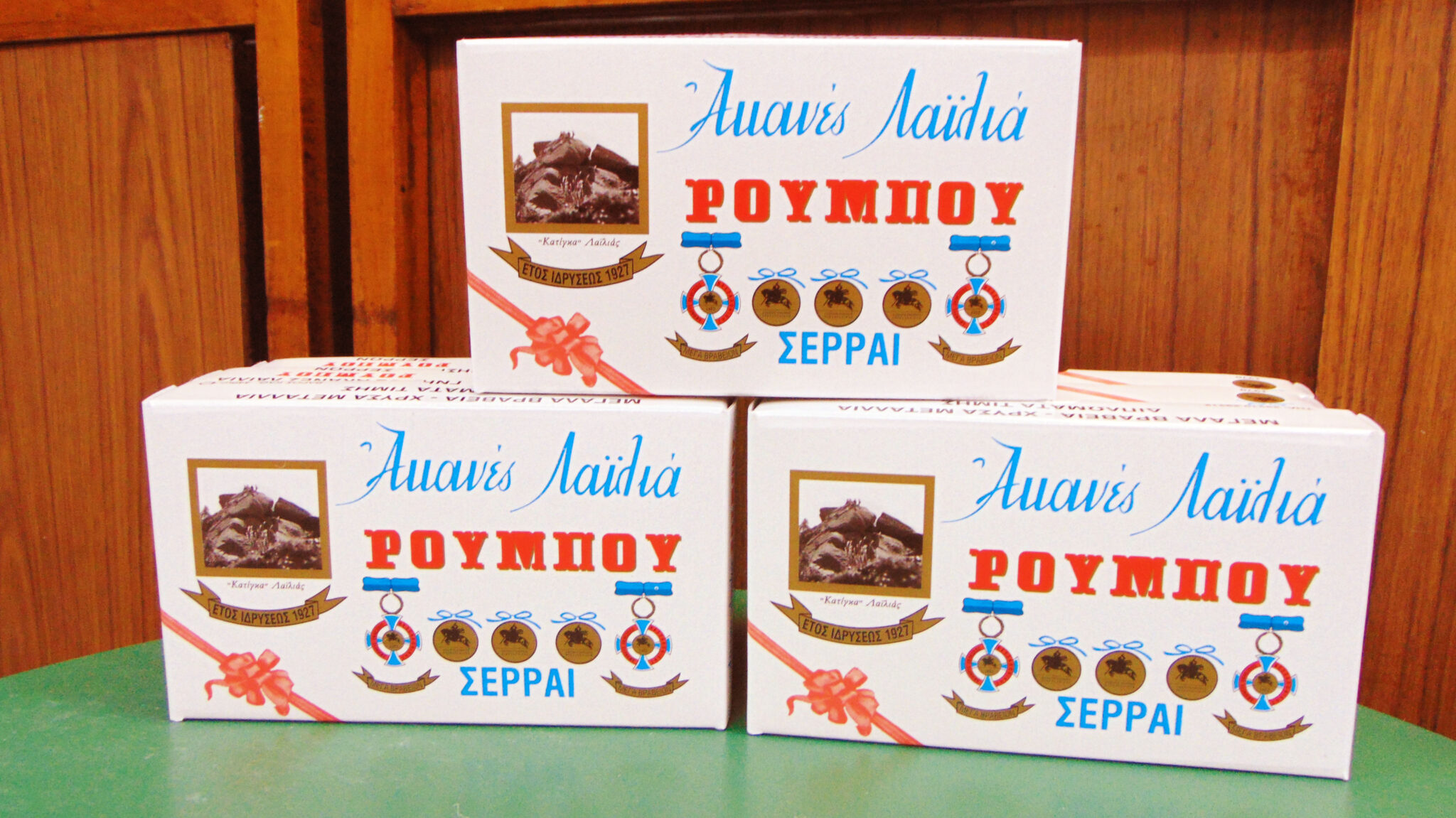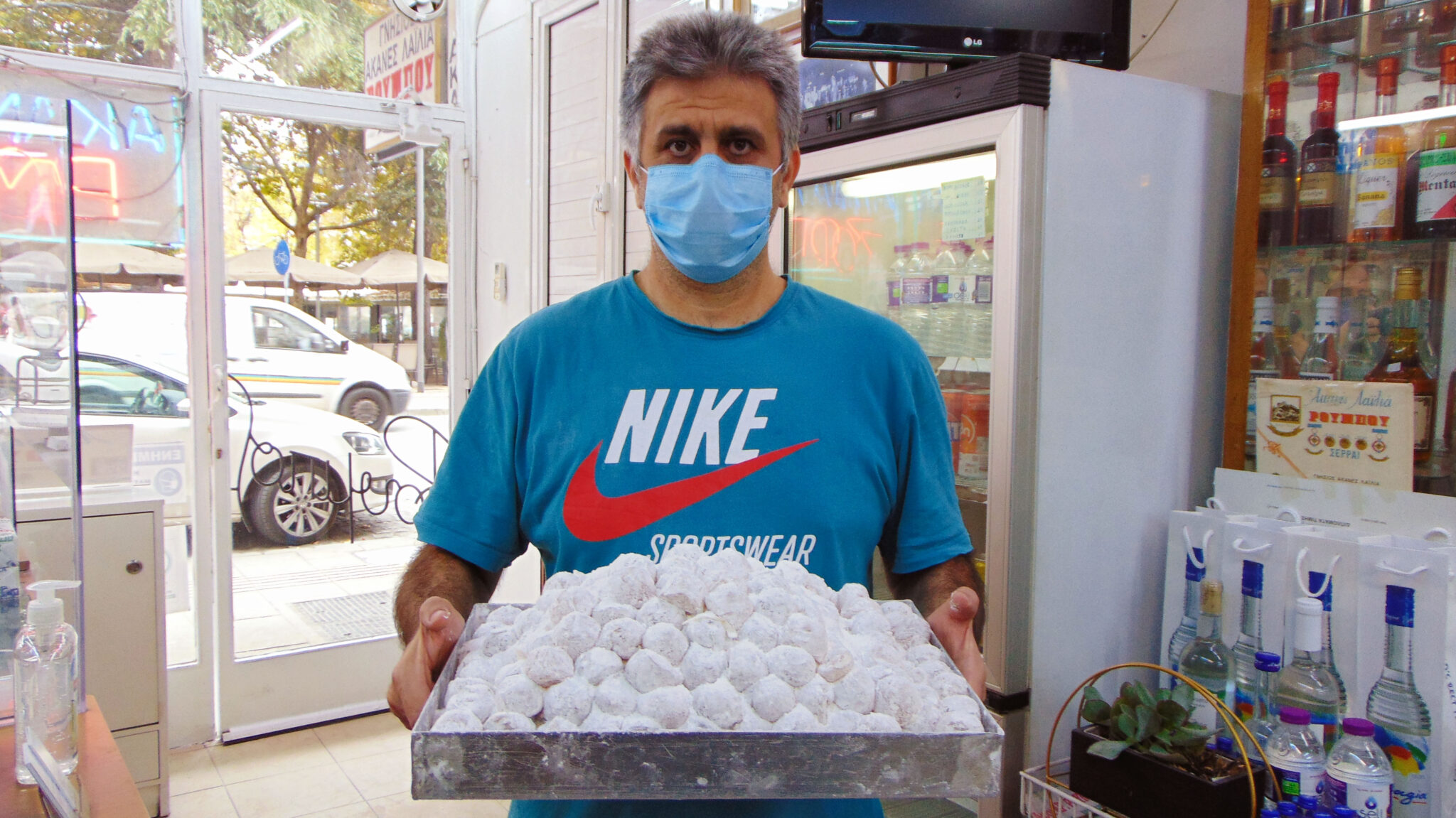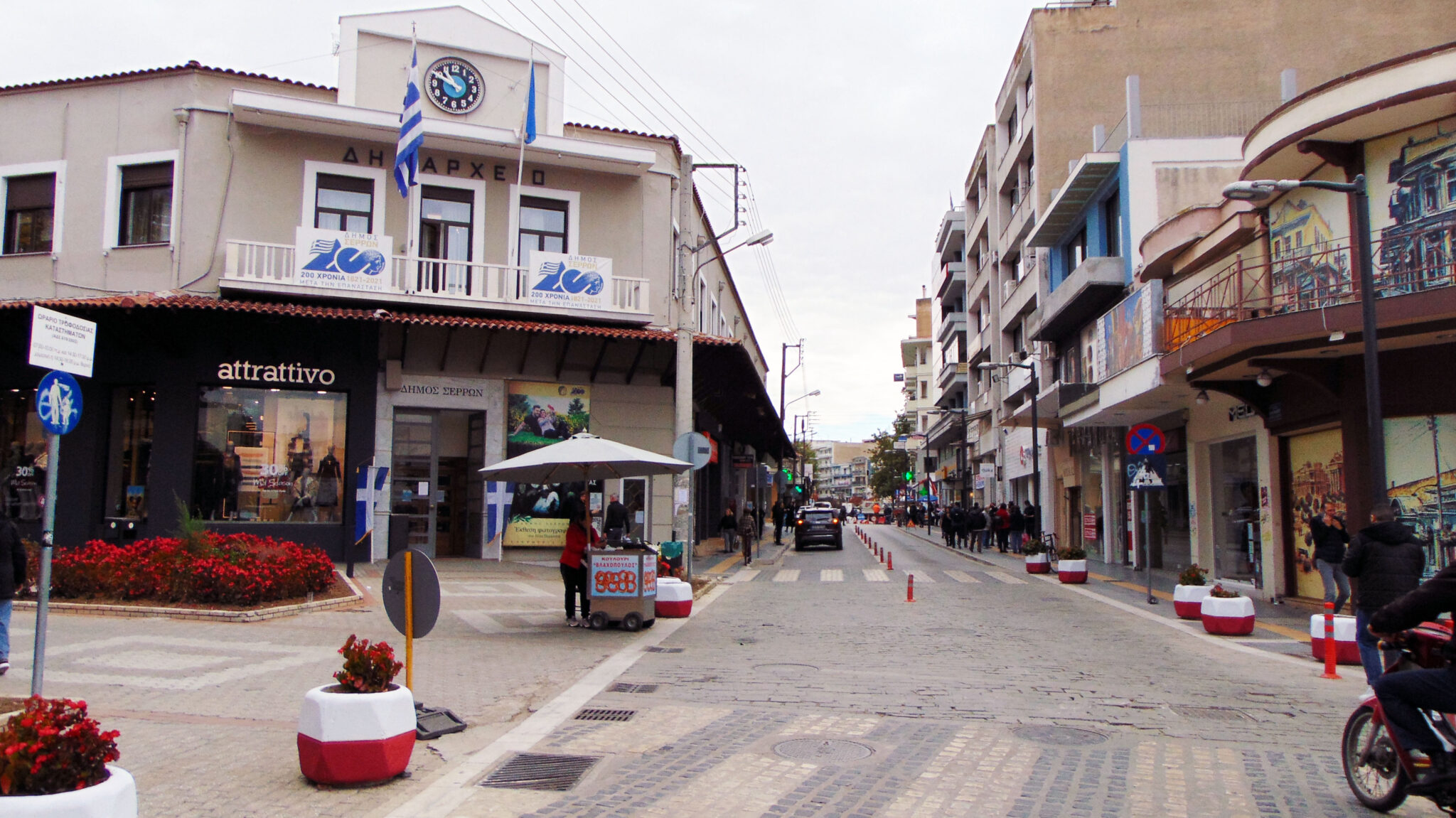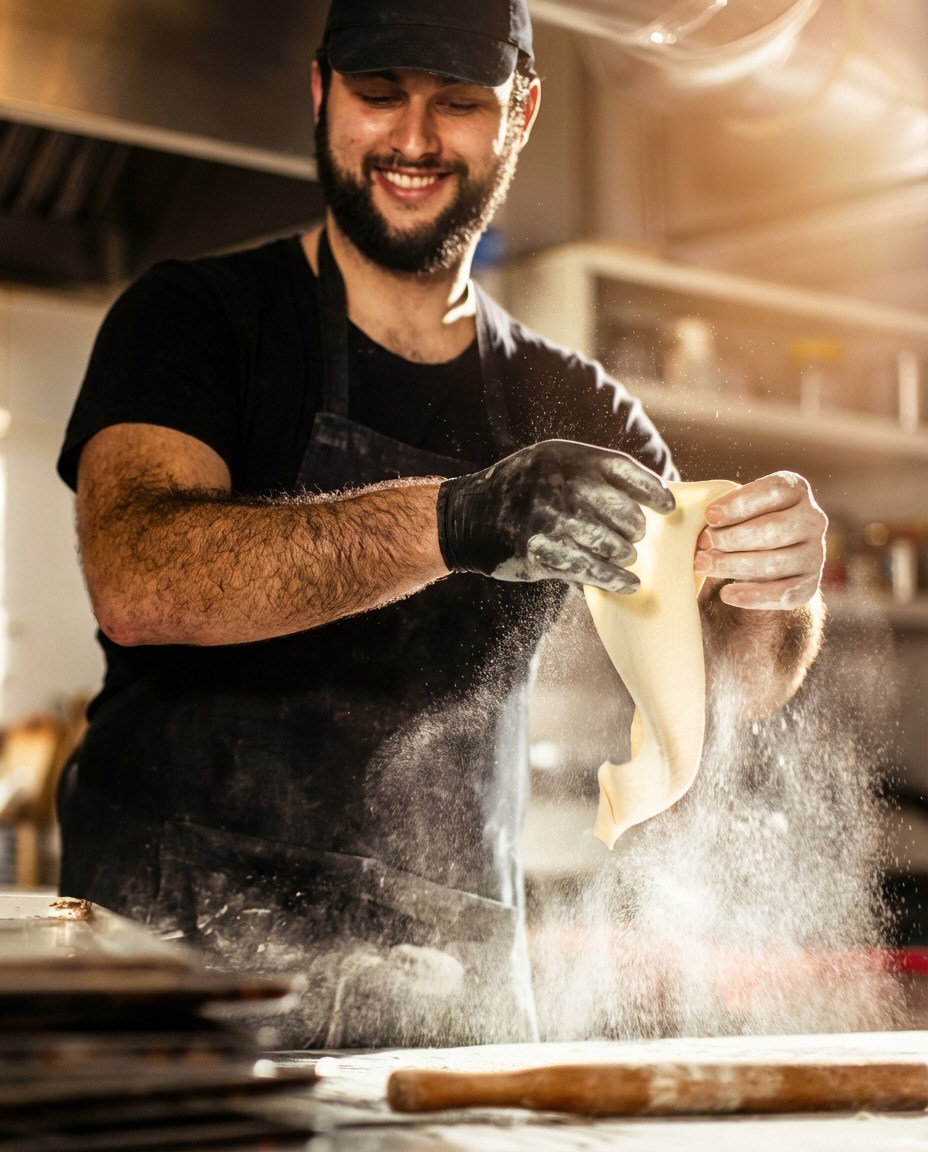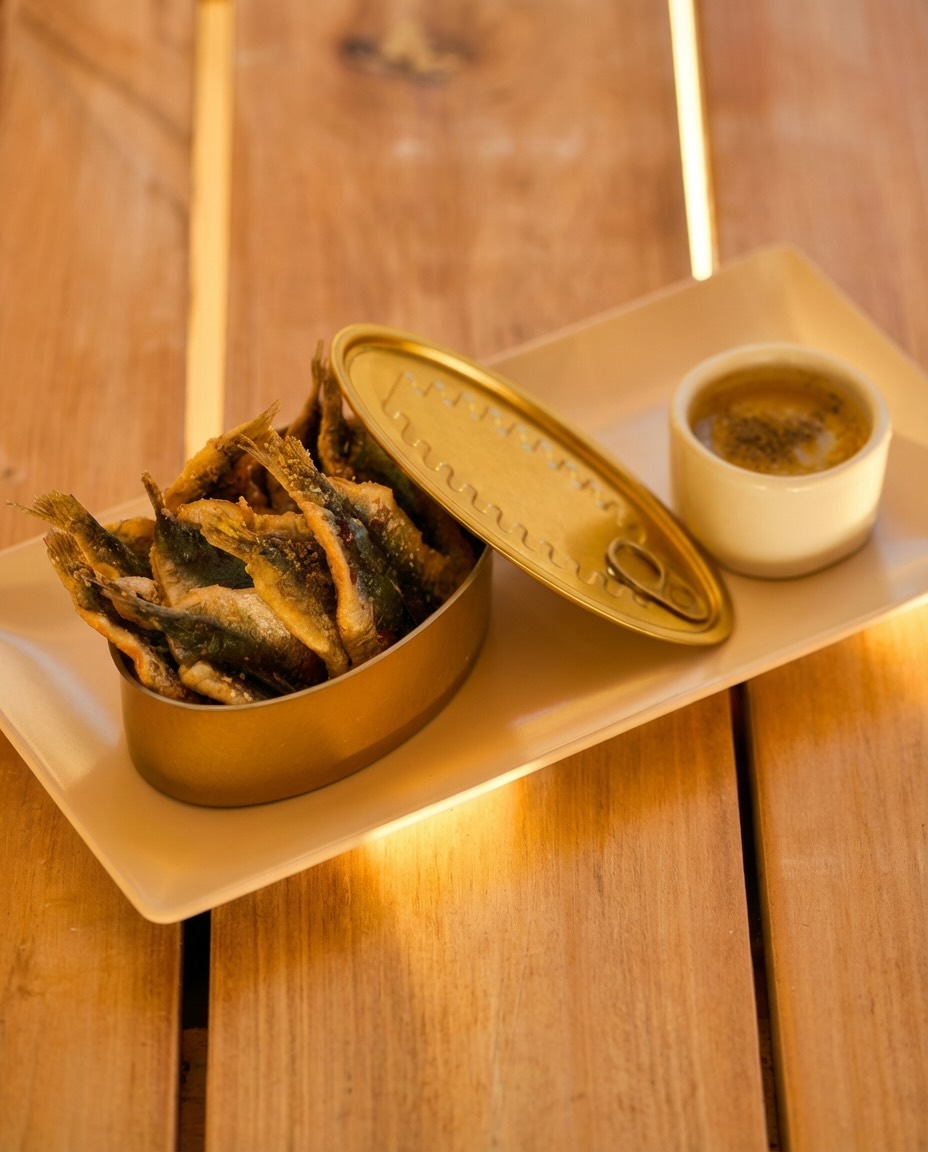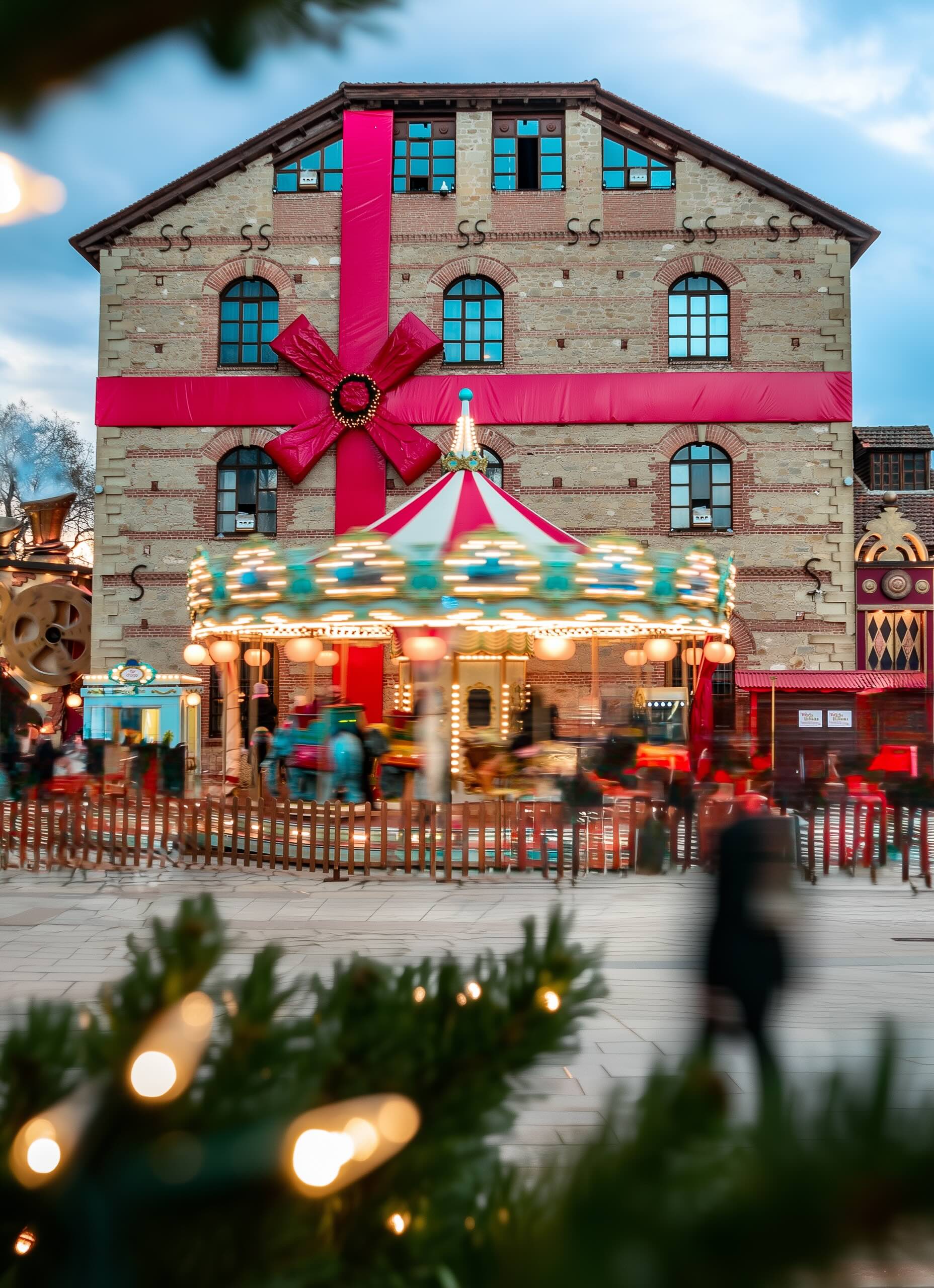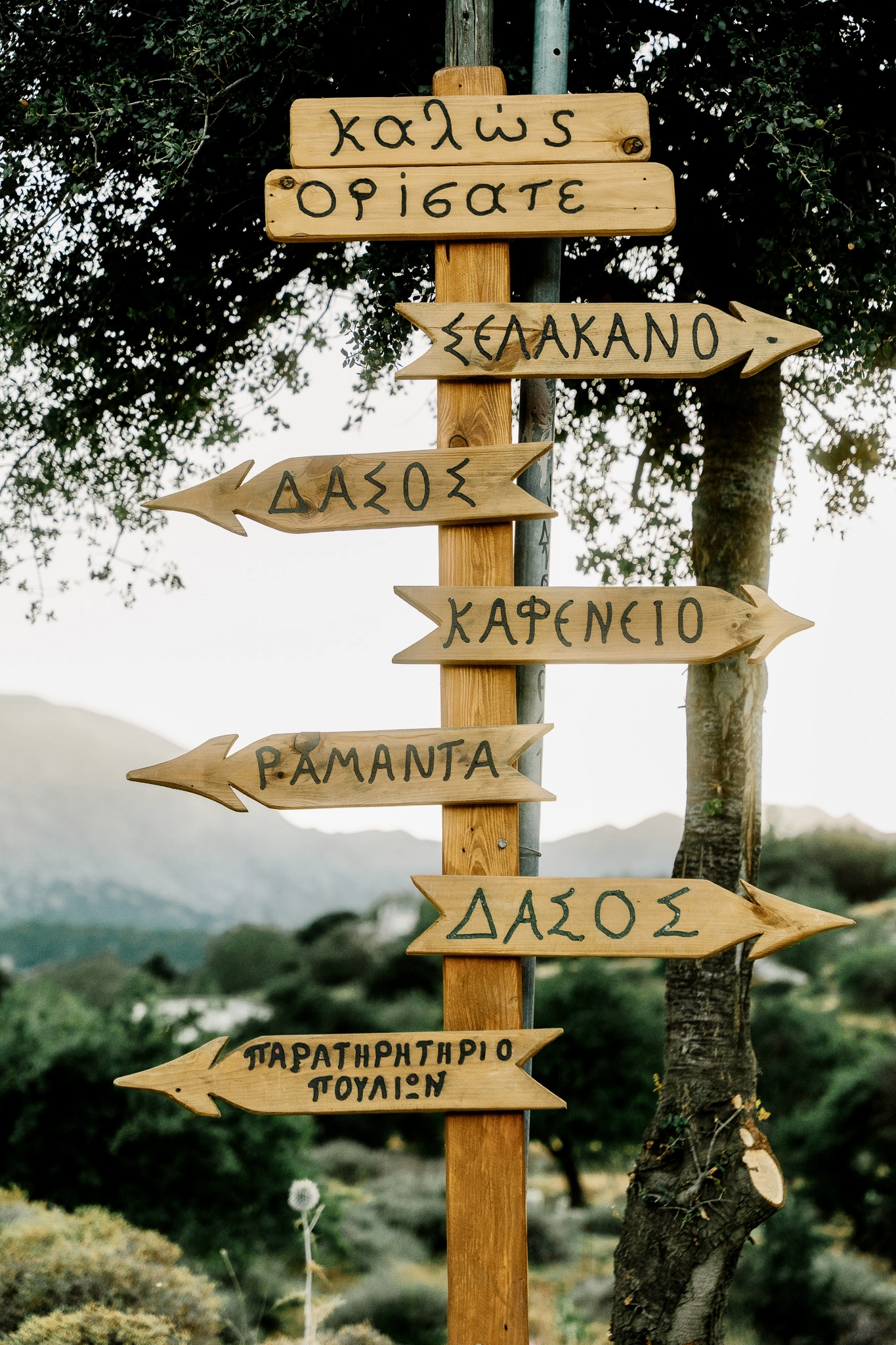If in the northern city Serres – always referred to in the plural, but also called Serras, in third-person singular, by us locals – you need to remember some food name peculiarities. For instance, loukoumi confections are locally known as akanes, cheese pies are called bougatsa with cheese, while meat pieces on a skewer, commonly known as a kalamaki in many parts of Greece, including Athens, are referred to as souvlaki in Serres.
These three food selections stand as a proud triptych of the city’s culinary tradition, winning over visitors at first bite. This northern city hosts a large number of bougatsa shops, souvlaki grills, as well as confectionary shops all over town. Traditional cuisine and gourmet exploration converge in Serres.
Bougatsa, naturalized in Serres
This pie with fyllo pastry was brought to Serres by refugees from Turkey in 1923. The food product’s historical roots are believed to stretch back to the Byzantine era, a period with a big tradition in pies and baked sweets.
The fyllo pastry used for making bougatsa, rolled out manually with dexterity and filled with either savoury or sweet selections, is the key to its success. Flour, olive oil and top-quality butter are needed for fyllo pastry.
Bougatsa is usually filled with sweet cream, sprinkled with icing sugar and cinnamon, or cheese, or mince and spinach. It is cut and served in bite-size pieces. (In Athens, like most of the country, a bougatsa has no variations and is always filled with sweet cream).
Serres is considered the country’s bougatsa capital, as this is where the food product first gained popularity before spreading to other parts of Greece. Highlighting this point, the world’s biggest bougatsa was made in Serres in 2008, its dimensions securing a place in the Guiness book of world records.
Serres is home to bougatsa shops making bougatsa the traditional way. Definitely try all the flavours, or even a mixed plate of sweet and savoury pieces. The mix of flavours will delight you.
“When we say bougatsa, we mean the fyllo pastry. Bougatsa in Serres is a way of life, as is also the case for Recor, the city’s oldest bougatsa shop with an 80-year history. It serves all the bougatsa flavours and has literally fed five generations of customers. The Serres version of the bougatsa is the best by far. A single taste is enough to convince anybody who doubts this,” Mr. Simos Simitas, manager of RECOR, told travel.gr. (RECOR bougatsa: Eleftherias Square, ground level of the Serres town hall, tel. +30 2321055444)
Souvlaki, even early in the day
In Greece, souvlaki is more than just simple and convenient fast food. For Serres locals, this meat-on-skewer food can even be had for breakfast. Small pork pieces pushed onto the skewer, then charcoal grilled, are served on baking paper with lots of onion. For a bigger version offering a more satisfying meal, the meat pieces are wrapped in mildly grilled pita bread, usually also filled with tomato, onion, tzatziki and fried potato chips.
Serres souvlaki, made special by the quality of the meat, preparation and grilling, is served at small picturesque souvlaki places on central pedestrian streets as well as at more modern grills. Highlighting this food’s local popularity, over 80 eateries serve souvlaki in Serres. Though souvlaki has provided widespread eating pleasure around the country over the ages, it has also been a source of dispute, between north and south, over its name. Souvlaki, grilled on a small wooden skewer, is known as kalamaki (small skewer) in Greece’s south, but the ancient playwright Aristophanes, through his work, probably justifies us northerners with his use of the word “ovelisko”, as this food was known in antiquity, derived from the world “ovelos”, meaning turnspit (souvla), hence souvlaki.
Since the 1980s and 1990s, charcoal grills in Serres have been lit from the morning hours, ready to serve souvlaki for breakfast. Whether catering to secondary school students who may have skipped classes, builders consuming solid energy food ahead of the day’s shift, or city lawyers having a bite before heading down to the courts, this popular food product enjoys across-the-board appeal.
Serres’ souvlaki offers pure eating pleasure, hard to be described in words.
“Souvlaki means tradition in Serres, a tradition going back many years, from the time when, at 5am, workers done with their night shift at the former sugar factory, would head to the town’s souvlaki grills for breakfast. Serres souvlaki is a local trademark. Frozen meat is not used. Quality meat cuts – leg, shoulder, pancetta – are prepared by hand and grilled with a passion,” says Mr. Sotiris Kotsabas, president of the regional association for recreation and dining, and also the proprietor of Sotos, one of Serres’ oldest grills. Sotos grill: 16 Ermou & Selefkou, tel. +30 23210563211
Akanes, Serres’ sweet delight.
Serres’ akanes is not just a usual loukoumi confection. Its intense flavour, provided by fresh sheep and goat’s milk butter, toasted almonds, as well as icing sugar sprinkled as a topping, makes Serres’ akanes a trademark local product.
The history of Serres’ akane is lost in the mists of time. During Ottoman times, the servants of Ottoman rulers enjoying their summer breaks at the Lailias forest, a Serres resort over the ages, would sweeten up their masters by preparing sweet akane halva. It was made by boiling, in big cauldrons, thick sugarcane mush with flavoured butter, water from the Lailias springs, and toasted almonds.
After being stirred for a long time, the thick mixture was poured into trays and left to cool, before being cut into small pieces to be served to the Ottoman masters and their harems.
Following Serres’ liberation from Ottoman rule, in 1913, a local man, Aristidis Roubos, who had previously worked alongside Turkish masters of traditional confections, established his own small workshop, Akanes Roubou, and began producing his own Akane Lailia, which quickly became inextricably linked with Serres to become a part of the local history. The Roubos family has continued the tradition to this very day, while other spots in the city also produce this traditional sweet.
“The akanes sweet is Serres’ trademark, which is why is the people of Serres are also referred to as ‘akanedes’. The first thing visitors should enquire about when arriving to Serres is where to find akanes, to try it and also buy some to take back home. Akanes Roubou, dating back to 1927, is the oldest akane shop to be found in the city. We are the third generation and are carrying on,” noted Mr. Aristidis Roubos, owner of the Akanes Roubou workshop and confectionary shop, in the centre of Serres. Akanes Roubou, 3 Ethnikis Antistaseos, tel. +30 2321023312
Serres on the map
Serres is worth visiting for the aforementioned culinary delights. The city hosts 40 souvlaki shops and grills, 20 bougatsa shops, and numerous confectionary shops where you may find packaged akanes. Many such shops are situated along the pedestrianized city centre and around Eleftheria Square.
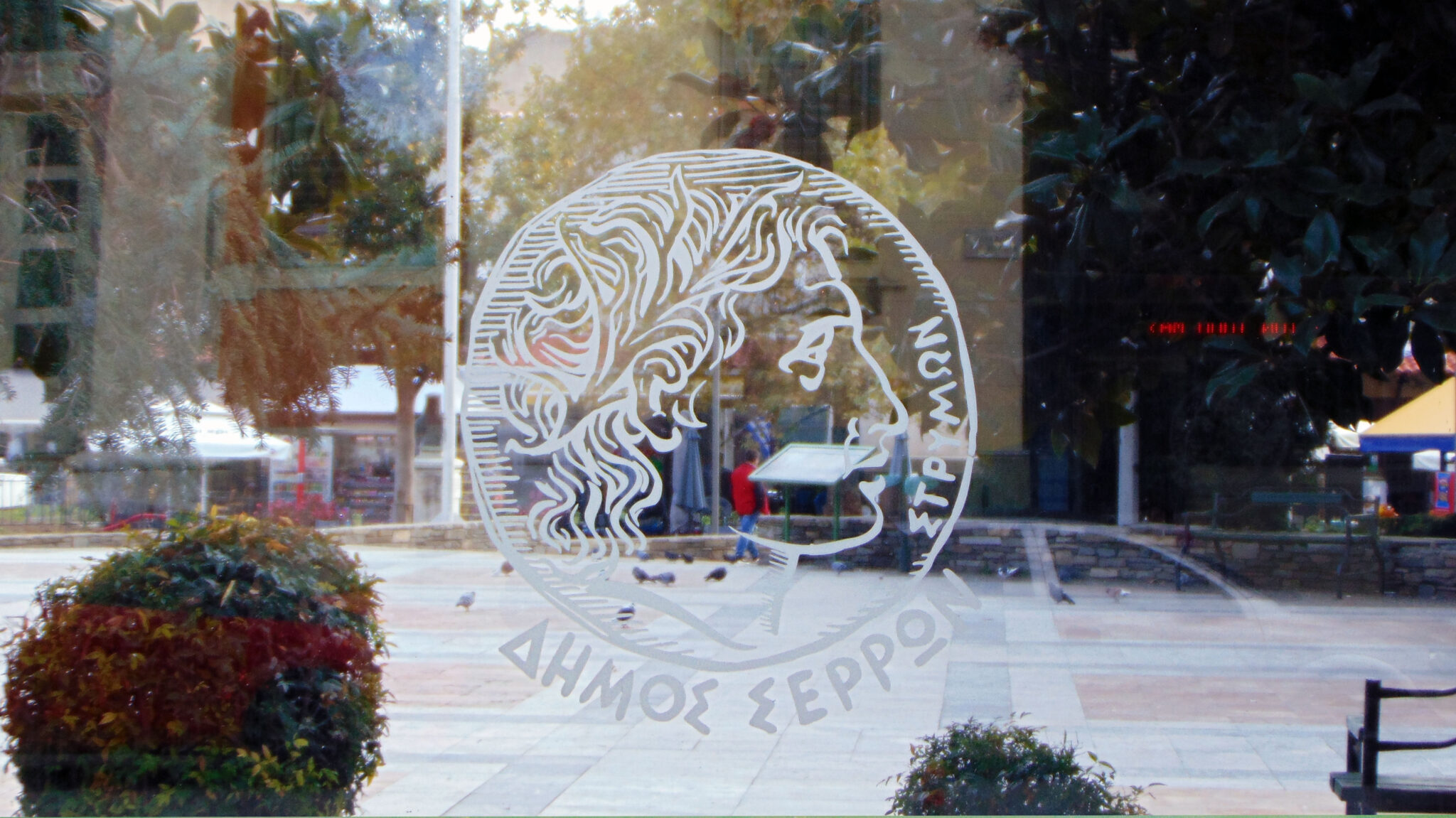
And remember, Serres, the city, along with the entire prefecture of the same name, are inextricably linked with good food, from small and picturesque ouzeri spots (the city is also renowned for its ouzo), to tavernas and grills serving local dishes, including buffalo meat, abundant in the Lake Kerkini area. But this is an entire gastronomic chapter in itself, which I shall soon be presenting on travel.gr.
Information:



